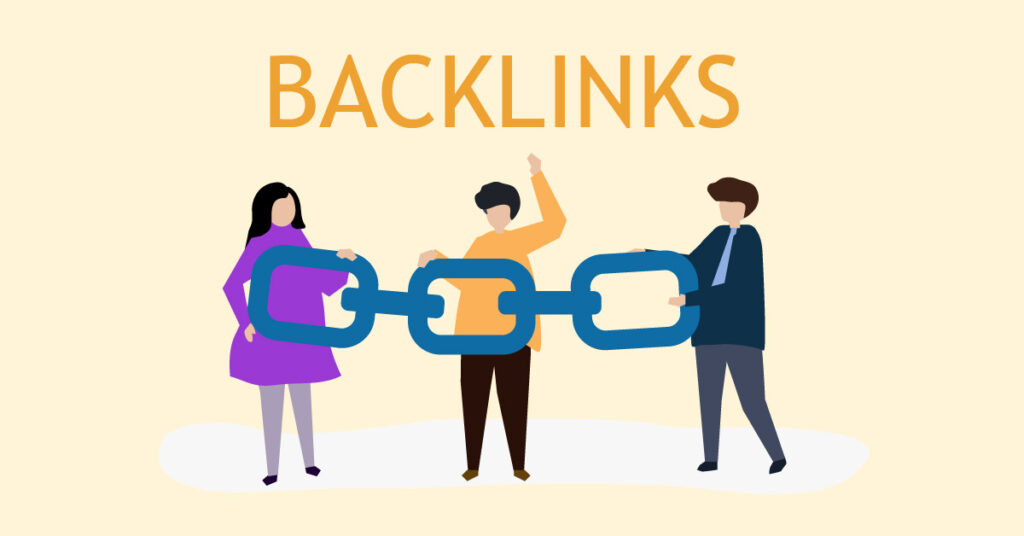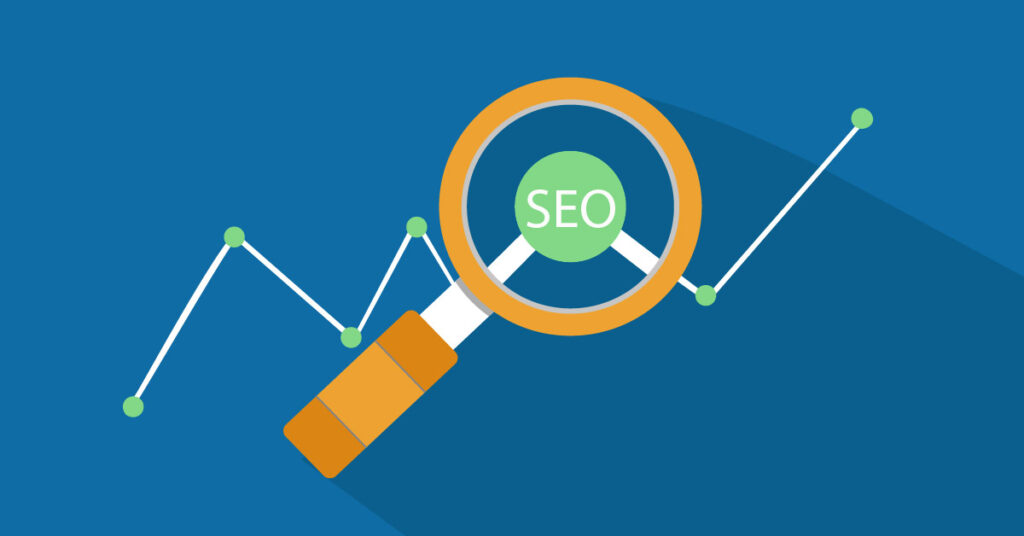Optimizing images for WordPress blog posts is crucial for enhancing website performance, improving SEO, and providing a better user experience. In this guide, we’ll cover how to fix and optimize images using code and plugins. Whether you’re a beginner or an experienced developer, these steps will help you manage your images effectively.
Why Image Optimization Matters
Before diving into the technical details, it is essential to understand why image optimization is crucial:
- Improved Loading Speed: Optimized images load faster, reducing the overall page load time. This enhances user experience and can positively impact your search engine rankings.
- Better SEO: Search engines favor fast-loading websites. Optimized images contribute to better SEO and higher visibility in search results.
- Enhanced User Experience: Properly sized and formatted images ensure a seamless user experience across different devices and screen sizes.
Step-by-Step Guide to Fix Images in WordPress
1. Resizing Images
WordPress automatically creates several sizes of each image you upload. However, you might need to customize these sizes for better control.
Modify Default Image Sizes:
- Go to your WordPress Dashboard.
- Navigate to Settings > Media.
- Adjust the dimensions for Thumbnail, Medium, and Large sizes according to your needs.
- Click Save Changes.
Regenerate Thumbnails:
If you change these sizes, regenerate your existing thumbnails to apply the new dimensions:
- Install the Regenerate Thumbnails plugin.
- Go to Tools > Regenerate Thumbnails.
- Click Regenerate All Thumbnails.
2. Compressing Images
Compressing images reduces their file size without compromising quality. You can use plugins to automate this process.
Using the Smush Plugin:
- Install and activate the Smush plugin.
- Go to Smush > Bulk Smush.
- Click Bulk Smush Now to compress existing images.
Smush also automatically compresses images upon upload, ensuring all new images are optimized.
3. Using the srcset Attribute
WordPress automatically includes the srcset attribute for responsive images. This ensures that the appropriate image size is loaded based on the user’s device.
Ensure Theme Compatibility:
- Open your theme’s
functions.phpfile. - Add the following code to support responsive images:
add_theme_support( 'post-thumbnails' );
add_theme_support( 'html5', array( 'search-form', 'comment-form', 'comment-list', 'gallery', 'caption', 'style', 'script' ) );4. Lazy Loading Images
Lazy loading defers the loading of images until they are needed, i.e., when they are about to enter the viewport. This technique improves initial page load time and saves bandwidth.
Enable Lazy Loading:
- Install the Lazy Load by WP Rocket plugin.
- Go to Settings > Lazy Load.
- Check the boxes for images, iframes, and videos.
- Click Save Changes.
Lazy loading is now enabled for your images, improving page load times.
5. Using WebP Format
WebP is a modern image format that provides superior compression and quality compared to JPEG and PNG. Serving WebP images can significantly reduce file sizes.
Using the WebP Express Plugin:
- Install and activate the WebP Express plugin.
- Go to Settings > WebP Express.
- Configure the settings to convert images to WebP.
- Save changes.
WebP Express ensures your images are served in WebP format, with fallback options for browsers that do not support WebP.
6. Automating Image Optimization
For large websites with numerous images, manually optimizing each one can be time-consuming. Automate the process using plugins like Imagify or ShortPixel.
Using Imagify:
- Install and activate the Imagify plugin.
- Go to Imagify > Settings.
- Configure the optimization levels and settings.
- Optimize existing images from the Bulk Optimization tab.
Custom Code Solutions
For developers who prefer custom code solutions, here are a few snippets to optimize images:
Adding Custom Image Sizes
Add custom image sizes in your theme’s functions.php file:
function custom_image_sizes() {
add_image_size( 'custom-size', 800, 600, true ); // 800px by 600px, hard crop mode
}
add_action( 'after_setup_theme', 'custom_image_sizes' );Displaying Custom Image Sizes
Use the custom image sizes in your theme files:
if ( has_post_thumbnail() ) {
the_post_thumbnail( 'custom-size' );
}Conclusion
Optimizing images for your WordPress blog posts is essential for improving loading speed, enhancing user experience, and boosting SEO. By implementing techniques such as resizing, compressing, using srcset, lazy loading, adopting WebP format, and automating the optimization process, you can ensure your blog images are optimized effectively.
Remember, the key to successful image optimization is balancing quality and performance. Regularly review and update your optimization techniques to keep up with evolving web standards and technologies. Happy blogging!




